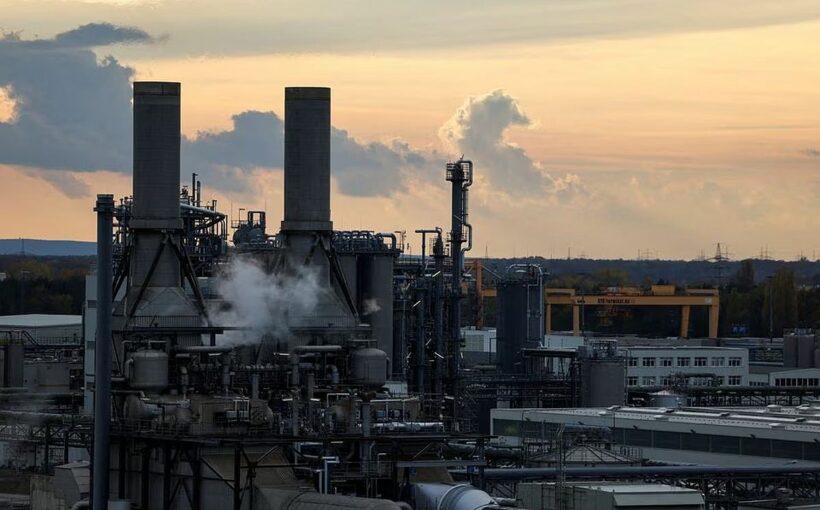The weak April-June quarter (first quarter, or Q1) results of the largest listed specialty chemical maker, SRF, and multiple global headwinds for the sector are expected to weigh on the prospects of Indian specialty chemical companies in 2023-24 (FY24).
Stocks in the sector (down 7–18 per cent) have underperformed the benchmarks (up over 10 per cent) in the past three months, and given the multiple challenges, the trend is likely to continue.
Kotak Institutional Equities expects a very weak quarter (Q1FY24) for the sector due to destocking, demand weakness across certain critical end-use industries, and price erosion amid intense competition from Chinese suppliers.
It expects both revenues and margins to remain under pressure.
SRF reported a 14 per cent fall in consolidated revenues due to a muted showing across its three key categories of chemicals, packaging, and technical textiles.
Falling commodity prices, leading to inventory corrections amid weak demand, saw its operating profit fall by 29 per cent.
Operating profit margins also slipped by 460 basis points (bps) over the year-ago quarter and 380 bps sequentially.
Analysts of Motilal Oswal Research, led by Sumant Kumar, expect the chemicals and packaging business margins to remain under pressure in FY24, led by a weak demand scenario and lower realisations.
The brokerage has cut its FY24 operating profit estimates for the company by 20 per cent.
While most brokerages believe that there are short-term headwinds for the company, they are positive about its long-term story.
Nuvama Research believes that long-term prospects remain robust, given a strong capital expenditure pipeline across business segments, the ramp-up in specialty active intermediates, a recovery in demand for refrigerant gas and fluoropolymers, especially in the US and West Asia, and volume growth.
While SRF reported a 40 per cent fall in net profit, PhillipCapital Research expects a 33 per cent decline in overall net profit of the sector on the back of a 12 per cent decline in revenues and a sequential margin correction.
While key input prices have come down sequentially, they will not be able to protect the margins of chemical companies, given that prices of final chemical products have corrected at a faster pace.
This is on account of aggressive Chinese competition and negative operating leverage, given weak demand.
While Gujarat Fluorochemicals, Clean Science and Technology, and Galaxy Surfactants could see their operating profits fall by up to 20 per cent, the contract business of players such as Anupam Rasayan India, PI Industries, and Navin Fluorine International could help them perform better than the sector.
Demand weakness remains a key negative for chemical majors.
Research analyst Surya Patra of PhillipCapital Research says, “The visible economic slowdown already in Europe, the largest target market for Indian industrial chemicals, and an impending one as predicted for the US (the second largest market) in the second half of calendar year 2023 (CY23), and the inflationary trend in both the European Union and the US (causing declines in consumer demand as well as inventory rationalisation by industries) have destroyed overall chemical demand.”
Two European specialty chemical giants have reduced their sales and profit forecasts.
German specialty chemical company Lanxess has recently cut its second-quarter (Q2) and annual profit forecast as there was no demand recovery in June, and ongoing destocking has continued.
The demand conditions were weak in construction, electronics, and consumer products, which, coupled with customer destocking, led to the revision in profit estimates.
Swiss specialty chemicals major Clariant also revised down its sales estimates for Q2 and CY23 outlook.
The lower estimates were on account of tough macroeconomic conditions, a slow recovery in China, and destocking in important user markets.
With some brokerages expecting the slowdown to extend to the July-September and October-December quarters as well, investors should take a cautious view and await signs of demand and margin expansion before considering stocks in the sector.
Source: Read Full Article

